Breaking records and exploring life in the abyss
21 March, 2023 RRS Sir David Attenborough
We are marine biologists that study seafloor creatures, Jamie is doing a PhD investigating Antarctic sea spiders in the University of Galway and Huw works at BAS. Both of us regularly work at sea, and whilst this is Huw’s 7th trip to Antarctica and Jamie’s first trip, neither of us had ever set foot on the RRS Sir David Attenborough before joining the Polar Waters Science Trials cruise. We are on board for two months to test the new ship’s deep sea sampling capabilities and to collect samples for the new NERC BIOPOLE project.
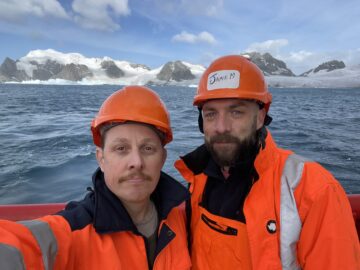
For our work we chose the Hesperides Deep, one of the deepest and least explored parts of the Antarctic seafloor. The Hesperides Deep has two basins that are 5.6 km (3.5 miles) deep, to put that into context only 6% of the Southern Ocean is this deep or deeper. To our knowledge, nobody has ever collected animals or images from this abyssal area before.
Using a range of equipment, we set about trying to understand and explore this unique habitat. We deployed up to 7.6 km (4.7 miles) of cable at a time (over 100 km/62 miles in total over 5 days) to lower two camera systems, two types of small seafloor trawl and the CTD to the bottom of the ocean.
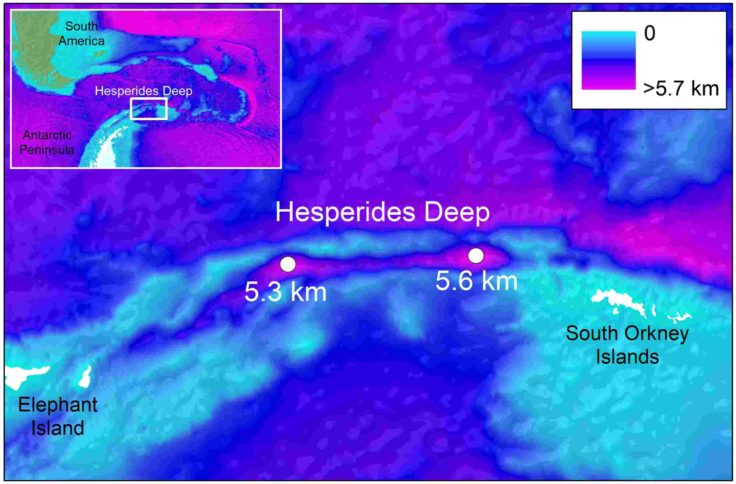
Working in the deep sea requires a lot of patience and pragmatism. Each deployment can take more than six hours, compared to half an hour in 200m of water, and there is no guarantee (as we discovered on several occasions) that there will be anything in the net at the end. We really embraced the theme of testing the RRS Sir David Attenborough‘s abilities to sample these extreme environments, with winches paying out more cable than ever before and our equipment sometimes needing welding, replacement parts and repairs to the nets between deployments!
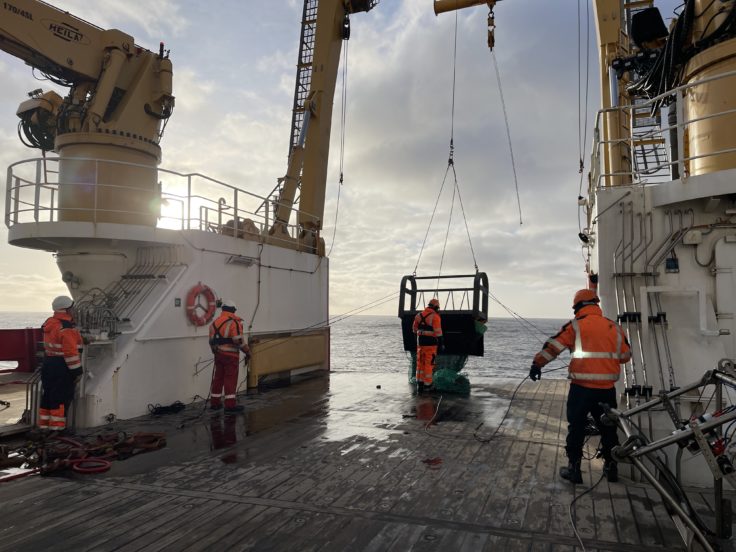
The crew and scientists made a huge effort to ensure that we made the most of this opportunity, with the ship conducting science 24 hours a day for 5 days, only pausing for a few hours for a storm to blow through! Thanks to everyone’s hard work, we were able to sample and get images from both basins, while demonstrate the RRS Sir David Attenborough‘s abilities with the deepest trawling ever done on a BAS ship anywhere in the world.
In such deep environments, that are dominated by cold temperatures, extreme pressure and very little food, life can be sparse. So, before work started, we had to manage the expectations of the non-biologists on board, even describing what we might find as “blobs of snot or nothing at all”. However, the trawls and cameras revealed a seafloor of soft mud and sharp stones inhabited by a range of weird, wonderful and fascinating creatures.
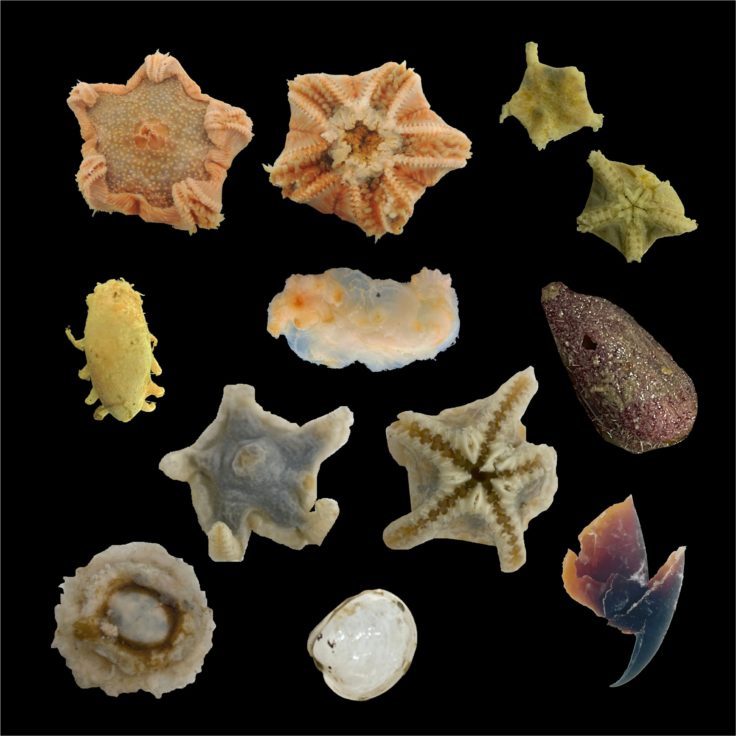
We were thrilled to find some very cute starfish, sea anemones, brittle stars, sea cucumbers, bivalve molluscs (clams) and a burrowing sea urchin. One physical oceanographer onboard even said “seeing what you found has made me rethink what an animal is and where it can live”. Some of our nets are designed to collect very small animals that require a microscope to see them properly so when we get home there is still lots more of discoveries to be made.
Everything that we collected will be returned to the UK for more detailed sorting and then sent out to experts in museums all over the world for identification to species level, and with a good chance of finding species that have never been seen by humans before, some of them might require a scientific description so they can be named for the first time! We will also analyse them in the lab to find out what they eat and what role they play in locking away carbon absorbed from the atmosphere miles above at the ocean surface.
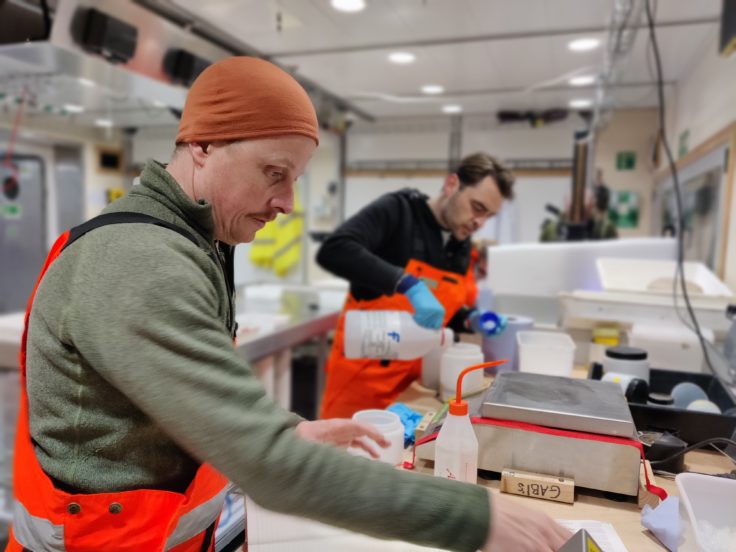
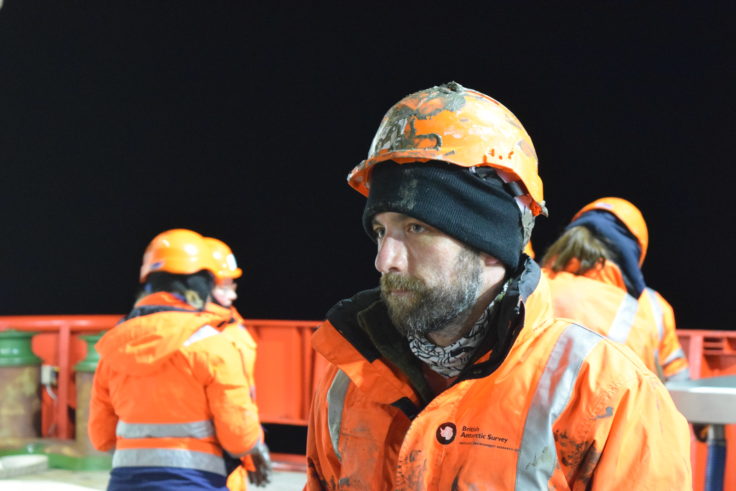
Deploying nets at 2am in a blizzard from the back deck of a ship in the Southern Ocean sounds like a real test of our commitment to science, but the atmosphere on the ship was so supportive, with everyone willing us to succeed that it was actually a pleasure. We have had an amazing time and it has been a huge privilege to be able to be part of an expedition that tests the RRS Sir David Attenborough in the environment it was designed to operate in. Our work gave us the rare opportunity to visit an alien world that nobody has ever seen, but none of this would have been possible without the hard work, support and positive attitude of the captain, crew and colleagues who enabled everything.